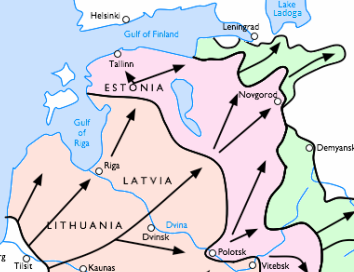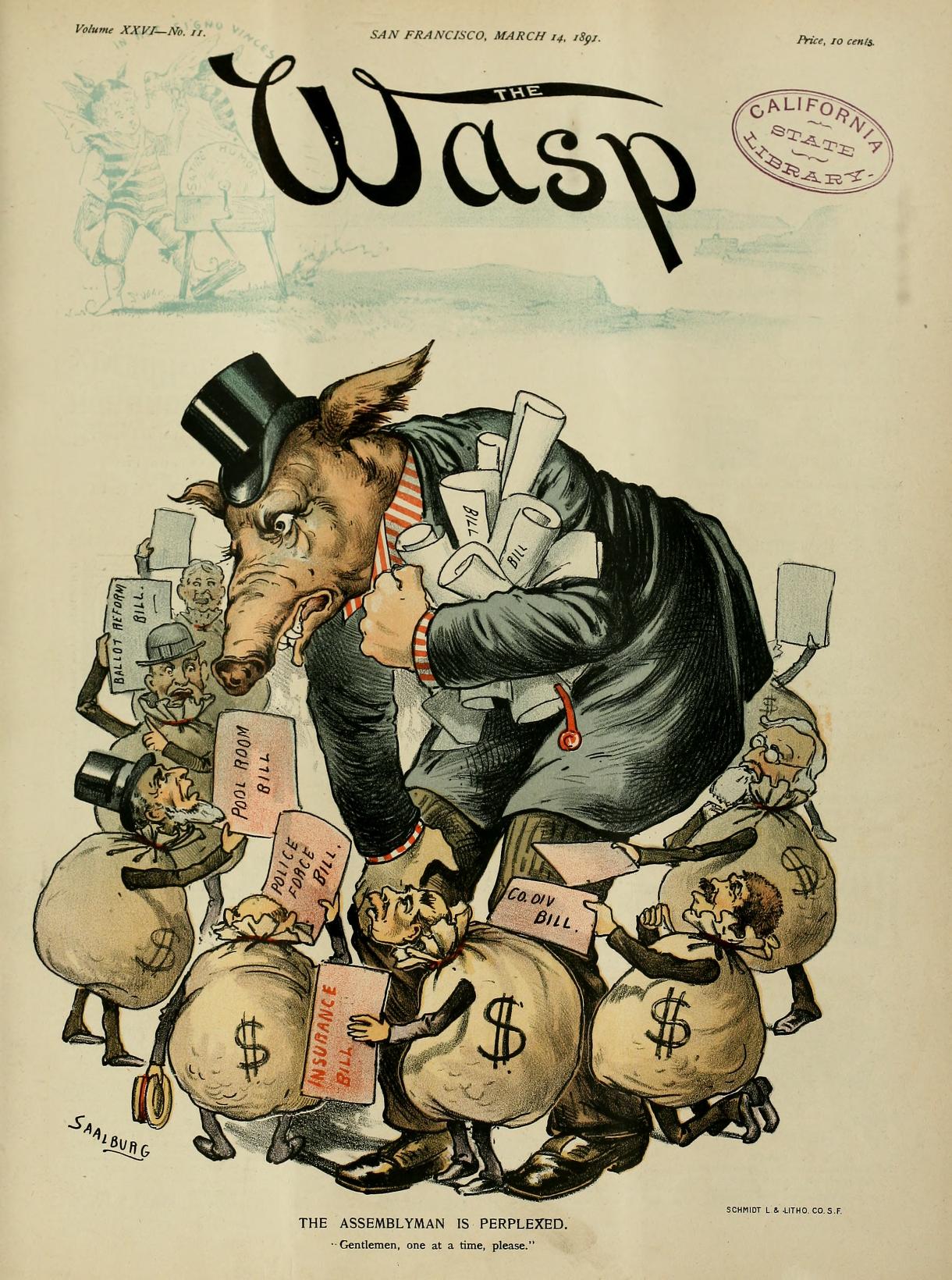|
1991 Leningrad Municipal Election
The 1991 Leningrad municipal elections took place on June 12, 1991 in the city of Leningrad (modern-day Saint Petersburg), located in the then-Soviet republic of Russia. The elections included the city's first popular mayoral election and a non-binding referendum on whether to change the city's name to its historic name of "Saint Petersburg". The elections coincided with the 1991 Russian presidential election. Roughly two-thirds of the city's approximately three million eligible voters participated in the election. Background The election coincided with the first (and ultimately only) round of the 1991 Russian presidential election, which was won by Boris Yeltsin. The coinciding presidential election was first-ever popular election of a Russian leader. Also coinciding with the election was a mayoral election in Moscow and a presidential election in Tatarstan. Additionally coinciding was a referendum in Sverdlovsk on renaming their city to its former name of "Yekaterinburg". Th ... [...More Info...] [...Related Items...] OR: [Wikipedia] [Google] [Baidu] |
Leningrad
Saint Petersburg, formerly known as Petrograd and later Leningrad, is the List of cities and towns in Russia by population, second-largest city in Russia after Moscow. It is situated on the Neva, River Neva, at the head of the Gulf of Finland on the Baltic Sea. The city had a population of 5,601,911 residents as of 2021, with more than 6.4 million people living in the Saint Petersburg metropolitan area, metropolitan area. Saint Petersburg is the List of European cities by population within city limits, fourth-most populous city in Europe, the List of cities and towns around the Baltic Sea, most populous city on the Baltic Sea, and the world's List of northernmost items#Cities and settlements, northernmost city of more than 1 million residents. As the former capital of the Russian Empire, and a Ports of the Baltic Sea, historically strategic port, it is governed as a Federal cities of Russia, federal city. The city was founded by Tsar Peter the Great on 27 May 1703 on the s ... [...More Info...] [...Related Items...] OR: [Wikipedia] [Google] [Baidu] |
Joint-stock Companies
A joint-stock company (JSC) is a business entity in which shares of the company's stock can be bought and sold by shareholders. Each shareholder owns company stock in proportion, evidenced by their shares (certificates of ownership). Shareholders are able to transfer their shares to others without any effects to the continued existence of the company. In modern-day corporate law, the existence of a joint-stock company is often synonymous with incorporation (possession of legal personality separate from shareholders) and limited liability (shareholders are liable for the company's debts only to the value of the money they have invested in the company). Therefore, joint-stock companies are commonly known as corporations or limited companies. Some jurisdictions still provide the possibility of registering joint-stock companies without limited liability. In the United Kingdom and in other countries that have adopted its model of company law, they are known as unlimited companies ... [...More Info...] [...Related Items...] OR: [Wikipedia] [Google] [Baidu] |
Alexei II
Patriarch Alexy II (or Alexius II, ; secular name Aleksei Mikhailovich Ridiger ; 23 February 1929 – 5 December 2008) was the 15th Patriarch of Moscow and all Rus', the primate of the Russian Orthodox Church. Elected Patriarch of Moscow in 1990, eighteen months before the dissolution of the Soviet Union, he became the first Russian Patriarch of the post-Soviet period. Family history Alexey Mikhailovich Ridiger was a patrilineal descendant of a Baltic German noble family. His father, Mikhail Aleksandrovich Ridiger (1900–1960), was a descendant of Captain Heinrich Nikolaus (Nils) Rüdinger, commander of a Swedish fortification in Daugavgrīva, Swedish Livonia and knighted by Charles XI of Sweden in 1695. Swedish Estonia and Swedish Livonia became part of the Russian Empire in the aftermath of the Great Northern War, in the beginning of the 18th century. Friedrich Wilhelm von Rüdiger (1780–1840), adopted Orthodox Christianity during the reign of Catherine the Great. ... [...More Info...] [...Related Items...] OR: [Wikipedia] [Google] [Baidu] |
Siege Of Leningrad
The siege of Leningrad was a Siege, military blockade undertaken by the Axis powers against the city of Leningrad (present-day Saint Petersburg) in the Soviet Union on the Eastern Front (World War II), Eastern Front of World War II from 1941 to 1944. Leningrad, the country's second largest city, was besieged by Nazi Germany, Germany and Finland for 872 days, but never captured. The siege was the List of sieges, most destructive in history and possibly the List of battles by casualties#Sieges and urban combat, most deadly, causing an estimated 1.5 million deaths, from a prewar population of 3.2 million. It was not classified as a war crime at the time, but some historians have since classified it as a genocide due to the intentional destruction of the city and the systematic starvation of its civilian population. p. 334 In August 1941, Nazi Germany, Germany's Army Group North reached the suburbs of Leningrad as Finnish forces moved to encircle the city from the north. Land ... [...More Info...] [...Related Items...] OR: [Wikipedia] [Google] [Baidu] |
Communists
Communism () is a sociopolitical, philosophical, and economic ideology within the socialist movement, whose goal is the creation of a communist society, a socioeconomic order centered on common ownership of the means of production, distribution, and exchange that allocates products in society based on need.: "One widespread distinction was that socialism socialised production only while communism socialised production and consumption." A communist society entails the absence of private property and social classes, and ultimately money and the state. Communists often seek a voluntary state of self-governance but disagree on the means to this end. This reflects a distinction between a libertarian socialist approach of communization, revolutionary spontaneity, and workers' self-management, and an authoritarian socialist, vanguardist, or party-driven approach to establish a socialist state, which is expected to wither away. Communist parties have been described as ra ... [...More Info...] [...Related Items...] OR: [Wikipedia] [Google] [Baidu] |
Bolsheviks
The Bolsheviks, led by Vladimir Lenin, were a radical Faction (political), faction of the Marxist Russian Social Democratic Labour Party (RSDLP) which split with the Mensheviks at the 2nd Congress of the Russian Social Democratic Labour Party, Second Party Congress in 1903. The Bolshevik party, formally established in 1912, seized power in Russia in the October Revolution of 1917, and was later renamed the Russian Communist Party, All-Union Communist Party, and ultimately the Communist Party of the Soviet Union. Its ideology, based on Leninism, Leninist and later Marxism–Leninism, Marxist–Leninist principles, became known as Bolshevism. The origin of the RSDLP split was Lenin's support for a smaller party of professional revolutionaries, as opposed to the Menshevik desire for a broad party membership. The influence of the factions fluctuated in the years up to 1912, when the RSDLP formally split in two. The political philosophy of the Bolsheviks was based on the Leninist pr ... [...More Info...] [...Related Items...] OR: [Wikipedia] [Google] [Baidu] |
Lobbying
Lobbying is a form of advocacy, which lawfully attempts to directly influence legislators or government officials, such as regulatory agency, regulatory agencies or judiciary. Lobbying involves direct, face-to-face contact and is carried out by various entities, including individuals acting as Voting, voters, constituents, or private citizens, corporations pursuing their business interests, nonprofits and Non-governmental organization, NGOs through advocacy groups to achieve their missions, and legislators or government officials influencing each other in legislative affairs. Lobbying or certain practices that share commonalities with lobbying are sometimes referred to as government relations, or government affairs and sometimes legislative relations, or legislative affairs. It is also an Industry (economics), industry known by many of the aforementioned names, and has a near-complete overlap with the public affairs industry. Lobbyists may fall into different categories: amateur lo ... [...More Info...] [...Related Items...] OR: [Wikipedia] [Google] [Baidu] |
Vladimir Lenin
Vladimir Ilyich Ulyanov ( 187021 January 1924), better known as Vladimir Lenin, was a Russian revolutionary, politician and political theorist. He was the first head of government of Soviet Russia from 1917 until Death and state funeral of Vladimir Lenin, his death in 1924, and of the Soviet Union from 1922 until his death. As the founder and leader of the Bolsheviks, Lenin led the October Revolution which established the world's first socialist state. His government won the Russian Civil War and created a one-party state under the Communist Party of the Soviet Union, Communist Party. Ideologically a Marxist, his developments to the ideology are called Leninism. Born into a middle-class family in Simbirsk in the Russian Empire, Lenin embraced revolutionary socialist politics after Aleksandr Ulyanov, his brother was executed in 1887 for plotting to assassinate Alexander III of Russia, the tsar. He was expelled from Kazan Imperial University for participating in student prote ... [...More Info...] [...Related Items...] OR: [Wikipedia] [Google] [Baidu] |
Kommersant
(, , ''The Businessman'' or Commerce Man, often shortened to Ъ) is a nationally distributed daily newspaper published in Russia mostly devoted to politics and business. The TNS Media and NRS Russia certified July 2013 circulation of the daily was 120,000–130,000. It is widely considered to be one of Russia's three main business dailies (together with '' Vedomosti'' and '' RBK Daily''). History The original ''Kommersant'' newspaper was established in Moscow in 1909, but was shut down by the Bolsheviks following the October Revolution in 1917. In 1989, with the onset of press freedom in Russia, was relaunched under the ownership of businessman and publicist Vladimir Yakovlev. The first issue was released in January 1990. It was modeled after Western business journalism. The newspaper's title is spelled in Russian with a terminal hard sign (ъ) – a letter that is silent at the end of a word in modern Russian, and was thus largely abolished by the post-revolution ... [...More Info...] [...Related Items...] OR: [Wikipedia] [Google] [Baidu] |
Red Square
Red Square ( rus, Красная площадь, Krasnaya ploshchad', p=ˈkrasnəjə ˈploɕːɪtʲ) is one of the oldest and largest town square, squares in Moscow, Russia. It is located in Moscow's historic centre, along the eastern walls of the Moscow Kremlin, Kremlin. It is the city's most prominent landmark, with famous buildings such as Saint Basil's Cathedral, Lenin's Mausoleum and the GUM (department store), GUM department store. It has been a UNESCO World Heritage Site since 1990. Red Square has been the scene of executions, demonstrations, riots, parades, and speeches. Almost 73,000 square metres (800,000 square feet), it lies directly east of the Kremlin and north of the Moskva River. A moat that separated the square from the Kremlin was paved over in 1812. Location Red Square has an almost rectangular shape and is 70 meters wide and 330 meters long. It extends lengthways from northwest to southeast along part of the wall of the Kremlin that forms its boundary on ... [...More Info...] [...Related Items...] OR: [Wikipedia] [Google] [Baidu] |
Lenin's Mausoleum
Lenin's Mausoleum, also known as Lenin's Tomb, is a mausoleum located at Red Square in Moscow, Russia. It serves as the resting place of Soviet leader Vladimir Lenin, whose preserved body has been on public display since shortly after his death in 1924, with rare exceptions in wartime. From 1953 to 1961, it was named Lenin's and Stalin's Mausoleum. The outdoor tribune over the mausoleum's entrance was used by Soviet leaders to observe military parades. The structure, designed by Alexey Shchusev, incorporates some elements from ancient mausoleums such as the Step Pyramid, the Tomb of Cyrus the Great and, to some degree, the Temple of the Inscriptions. History Two days after Vladimir Lenin's death on 21 January 1924, architect Alexey Shchusev was tasked with building a structure suitable for viewing of the body by mourners. A wooden tomb, built in Red Square close to the Moscow Kremlin Wall, was ready on 27 January, the same day Lenin's coffin was placed inside. More than ... [...More Info...] [...Related Items...] OR: [Wikipedia] [Google] [Baidu] |







